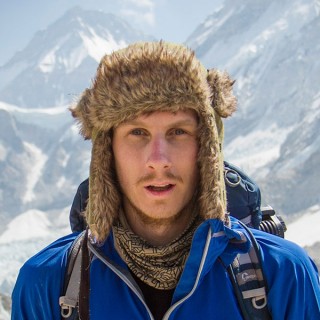Each coral is an animal, made up of lots of tiny polyp organisms clinging on to, and then building up, a calcium carbonate skeleton. Some polyps live on their own, while others form huge colonies. ROV SuBastian will be diving deeper than the ‘twilight zone’ to investigate the mysterious corals of the deep, dark, sea. We are exploring the most interesting geological features of the Phoenix Islands Protected Area (PIPA). The grooves, crevasses, and vertical walls along the side of seamounts, islands and atolls, all provide excellent habitats and nutrient flow for corals.
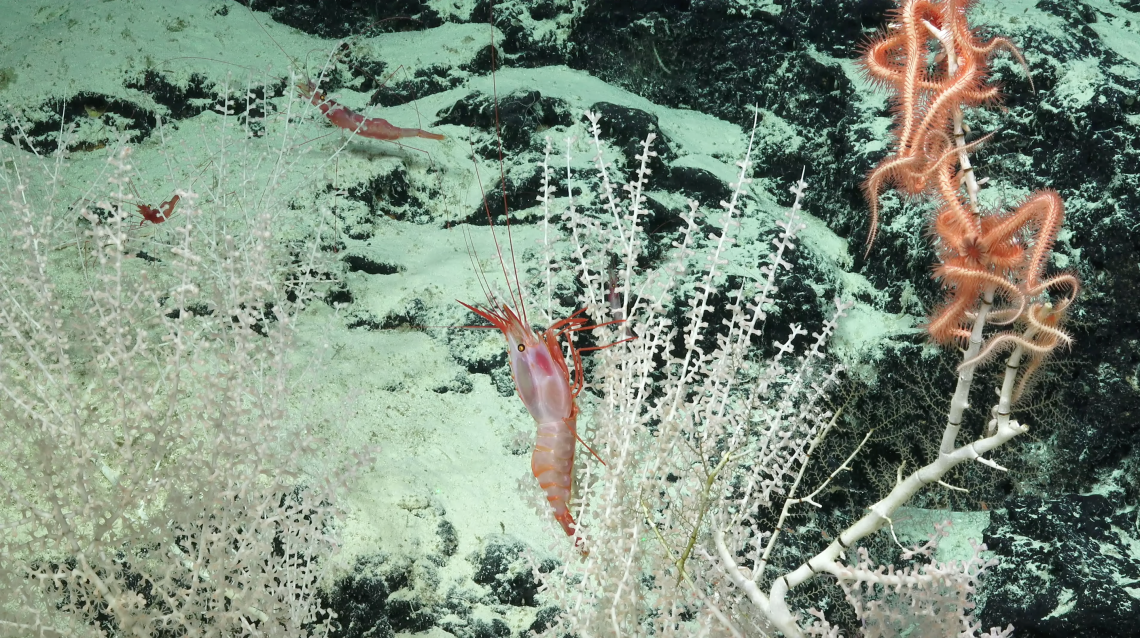
A Route Into the Unknown
Before we arrived, many of these areas were only mapped to an accuracy of around 1km per pixel, an extremely rough picture derived from satellite and magnetometry data. You can not plan a route up an underwater mountain with that lack of detail – well, you can, but only if you do not expect to bring back your robot in one piece. Before each dive site we do multibeam sonar mapping, which raises the accuracy to around 15m per pixel. The first vivid picture appears, a route emerges, and everyone gets excited. It is now time for the team to launch ROV SuBastian from the ship, and once in the water begin thrusting its way down to 2500m-1500m below the sea surface.
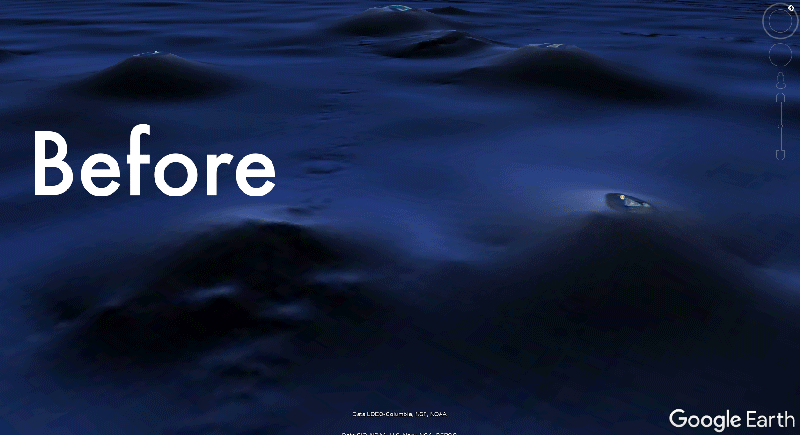
The ROV is loaded with cameras and lights so that we can visually survey on our drive back towards the surface. Our on-board researchers split into different roles in the control room: First, one lead scientist is in charge of the leading the ROV’s trajectory while using the main science camera to record the most interesting scenes on the way up. Two more sit behind logging everything interesting that they see, focusing on corals, habitats, and the behaviors and interactions of their related species. Which types of coral and associates are we seeing in the deepest depths, and what seems to like it further up?
Leaving a Mark
We are also leaving occasional markers – not in conquering ‘flags on the moon’ style testaments to our presence, but signs of a place we want to return to one day. This beautiful coral colony had so much going on, what will happen to it in the future? How much bigger will it grow? As we learn how the ocean environment is changing we can visit sites like this again to compare and contrast conditions. If we come back to find a deep-ocean that is acidifying, what will that mean for these long-lived coral colonies? What impact will an established marine protected area with a no-take fishing zone have? In a geographical area of reduced human activity, will we still see the wider global human influence?
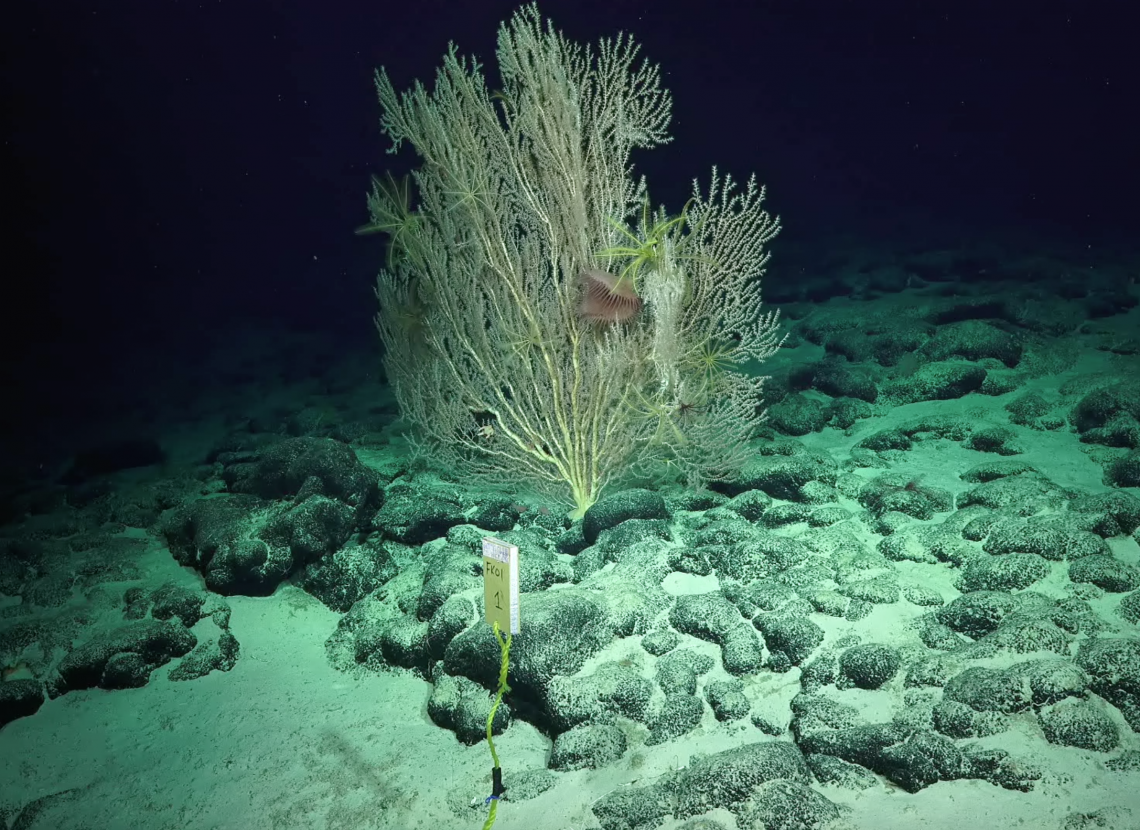
We want to understand these rarely-seen deep ocean environments. Which coral species are located where? Who are the creatures that are living on different corals? How did they get there? How are they making a living? How are they co-existing? There are so many unknowns, and the picture becomes clearer by the time we make it back into the lab. By the end of the dive we’ll be comparing detailed map data, stunning 4K imagery, fluorescent video and UV filtered microscope images, all giving us an amazing new perspective of a place that this morning we knew 1km per pixel about.
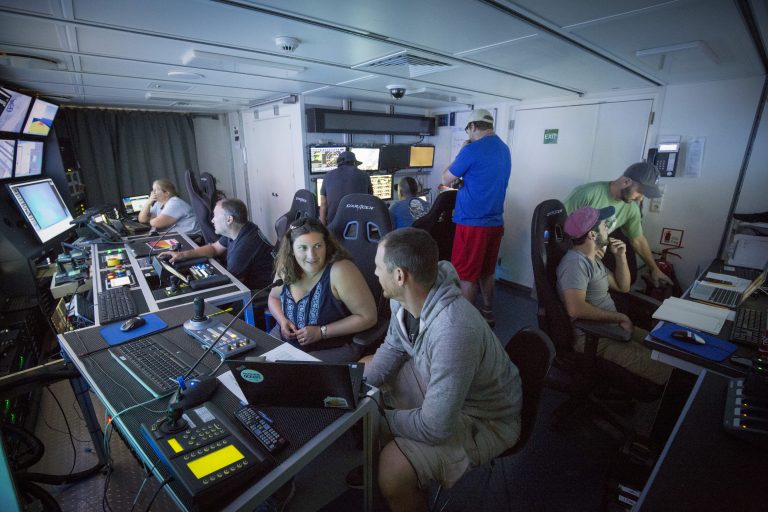
Back in the Water
But there’s no time for too much reflection, these precious samples will mostly be for analysing in our labs back on land. We are in a collection and exploration phase of the scientific process. The focus is trying to get the ROV out of the water as fast as possible, preserving the samples in ethanol or flash freezing with liquid nitrogen, then putting the equipment back on the ROV to go again. We are grabbing sleep when we can, and it is great for morale to be joined live by people in different timezones across the world. Those waking up fresh and joining us at hours when we normally would be asleep. It is great to hear from marine biologists at home offering ideas and theories; to amateur enthusiasts and school kids asking interesting questions that the science team have never considered. There are two more weeks of dives so plenty more exploring to do, and everyone is excited by what we might find next.
